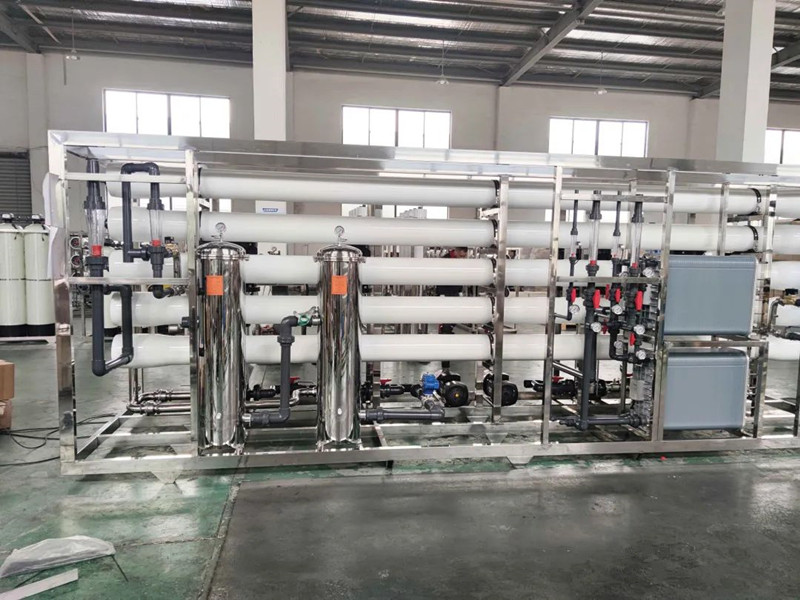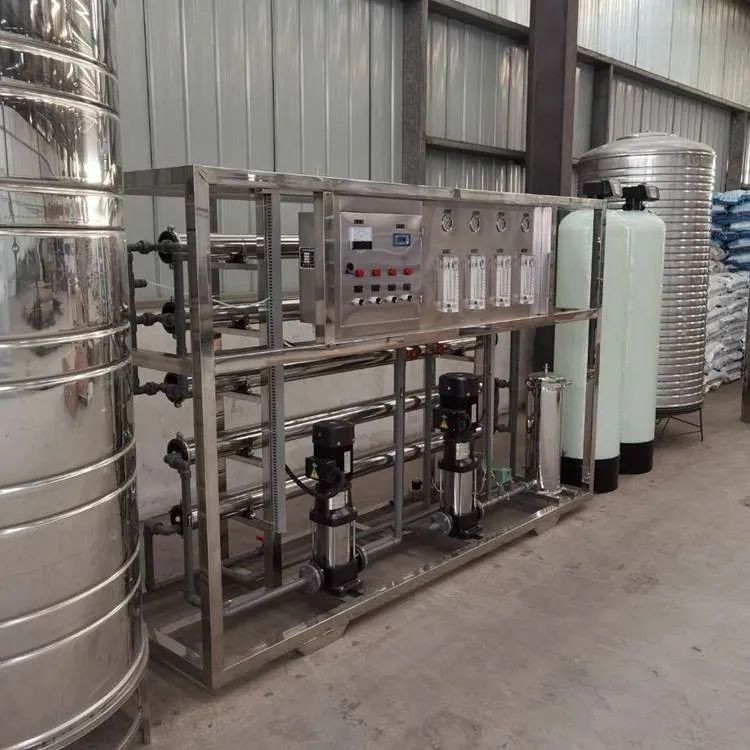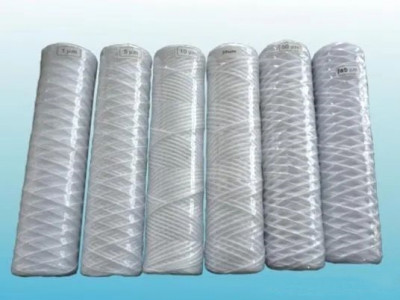July 7, 2022
With the widespread use of water purification equipment in the water treatment industry, reverse osmosis membranes are receiving more and more attention.
Reverse osmosis membranes have high precision and can filter out contaminants in drinking water more thoroughly, and their price is higher than the general water purification cartridge. The use of good maintenance can help extend the life of the reverse osmosis membrane and reduce the cost of use.
New reverse osmosis membrane elements are usually stored in sealed plastic bags after being infiltrated with a 1% aqueous solution of NaHSO3 and 18% glycerin. In case the plastic bag is not broken, storage for about 1 year will not affect the life and performance of the reverse osmosis membrane.
When the plastic bag is opened, it should be used as soon as possible to avoid adverse effects on the components due to the oxidation of NaHSO3 in the air. Therefore the membranes should be opened before use as much as possible.
After the equipment commissioning is finished, we two methods to protect the reverse osmosis membrane. Equipment trial run 15~24h, then use 2% formaldehyde solution to maintain; or after running 2~6h, use 1% aqueous solution of NaHSO3 to maintain the reverse osmosis membrane (should exhaust the air in the equipment pipeline to ensure that the equipment does not leak and close all the import and export valves).
The effect of both methods is good, but the first method is more costly and used when idle for a long time, and the second method of maintaining a reverse osmosis membrane is used when idle for a short time.
The general steps for cleaning reverse osmosis membrane elements are:
1. pump clean, free chlorine-free reverse osmosis product water from the cleaning tank (or the corresponding water source) into the pressure vessel and discharge for a few minutes.<>/span
2. prepare cleaning solution in the cleaning tank with clean product water.
3. circulate the cleaning solution in the pressure vessel for 1 hour or a predetermined time.
4. after cleaning is complete, drain the cleaning tank and rinse, then fill the cleaning tank with clean product water to clean the membrane.
5. Pump clean, free chlorine-free product water from the cleaning tank (or the corresponding water source) into the pressure vessel and discharge for a few minutes.
6. After flushing the reverse osmosis system, run the reverse osmosis system with the product water discharge valve open until the product water is clean and free of foam or detergent (usually 15 to 30 minutes).
Of course, the maintenance of reverse osmosis membranes should also include the addition of pretreatment. For reverse osmosis membrane elements, the water source in most cases cannot directly enter the reverse osmosis membrane element because the impurities contained therein can contaminate the membrane element and affect the stable operation of the system and the service life of the membrane element.
Therefore, in order to ensure the stable operation of the reverse osmosis system, the pretreatment of the feed water is essential. For example, multi-media filters, activated carbon filters, scale inhibitors, security filters, etc., to eliminate suspended matter in the water, reduce the turbidity of the water, sterilization to prevent microbial sins, etc., can well extend the life of the reverse osmosis membrane.
If the pretreatment system does not work, more contaminants enter the reverse osmosis system, which will greatly reduce the life of the reverse osmosis membrane. Not only increase the cost of water purification but also may affect the water quality.
Detailed Operating Instructions for Automatic Dosing Systems
December 26, 2024
Characteristics and Applications of Precision Filters
December 19, 2024





